Hajj, “one of the five pillars of Islam,” is a sacred pilgrimage to the “holy city of Mecca” in Saudi Arabia. It holds immense importance for Muslims around the world as it symbolizes their unity, devotion, and submission to Allah. In this article, we will delve into the significance of Hajj as a religious obligation, explore its various parts, and provide an overview of how this spiritual journey is performed.
The Significance of Hajj

Hajj is a journey that Muslims undertake to seek closeness to Allah and seek forgiveness for their sins. It is considered an act of worship and an opportunity to renew one’s faith and spiritual commitment. The importance of Hajj can be understood from the fact that it is “one of the five pillars of Islam, alongside the Shahada (faith), Salat (prayer), Zakat (charity), and Sawm (fasting).” By performing Hajj, Muslims demonstrate their submission to the will of Allah and their unity with fellow believers from different corners of the world.
The Parts of Hajj
Hajj consists of several essential rituals that pilgrims must perform during their time in Mecca. These rituals include:
1. Ihram: Pilgrims enter the state of Ihram, a sacred state of purity, by wearing specific garments for men and adhering to modest attire for women. Ihram signifies the equality of all individuals before Allah, regardless of their social status or wealth.

2. Tawaf: Pilgrims perform Tawaf, which involves circling the Kaaba, the sacred house of Allah, seven times in a counterclockwise direction. This act represents unity and devotion to Allah, as pilgrims revolve around the focal point of Islamic worship.
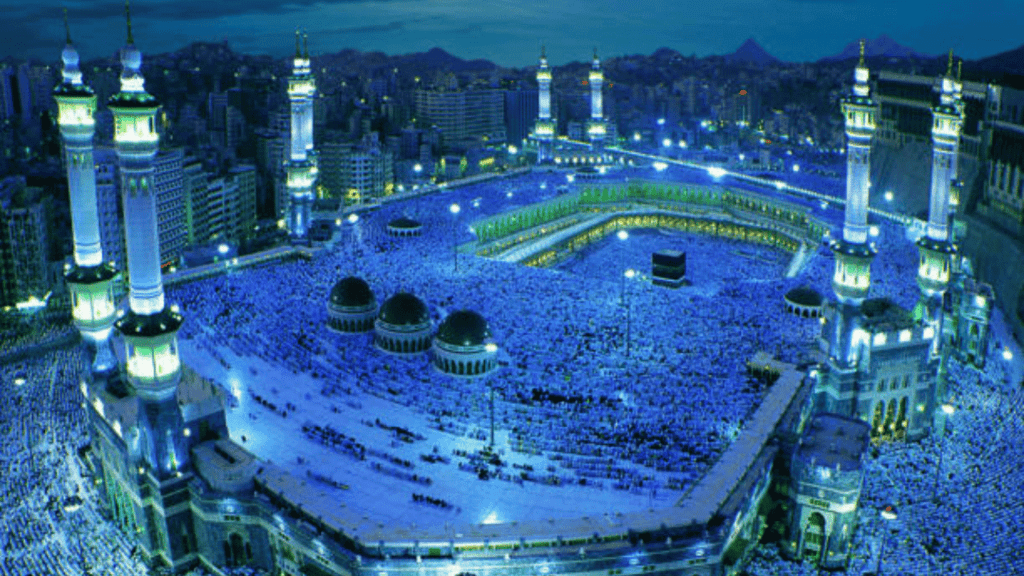
3. Sa’i: Pilgrims subsequently engage in Sa’i, a ritual that entails brisk walking between the hills of Safa and Marwa seven times. This symbolic act commemorates the journey of Hajar, the wife of Prophet Ibrahim (Abraham), and her son Ismail (Ishmael), as they searched for water in the barren desert. It represents their unwavering perseverance and trust in Allah’s provisions.
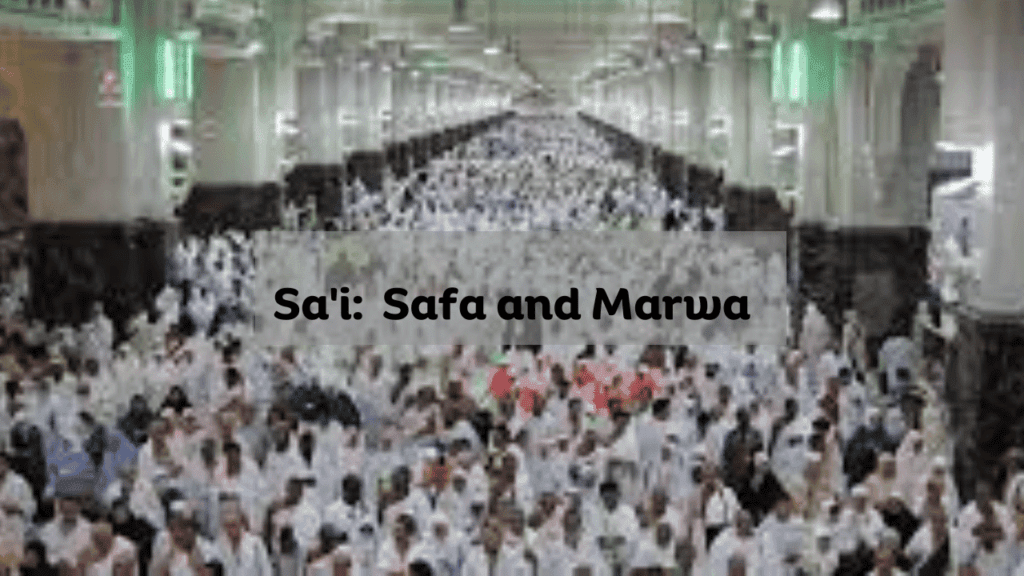
4. Wuquf: The most significant part of Hajj is “Wuquf,” where pilgrims gather in the “plain of Arafat,” near the Mount of Mercy. Here, they engage in intense prayer and supplication, seeking forgiveness, guidance, and spiritual elevation.

5. Muzdalifah and Mina: After Wuquf, pilgrims spend the night in Muzdalifah, where they gather pebbles for the next ritual. They then proceed to Mina, where they symbolically stone three pillars that represent the temptations of Satan. This ritual signifies the rejection of evil and the commitment to resisting its influence.
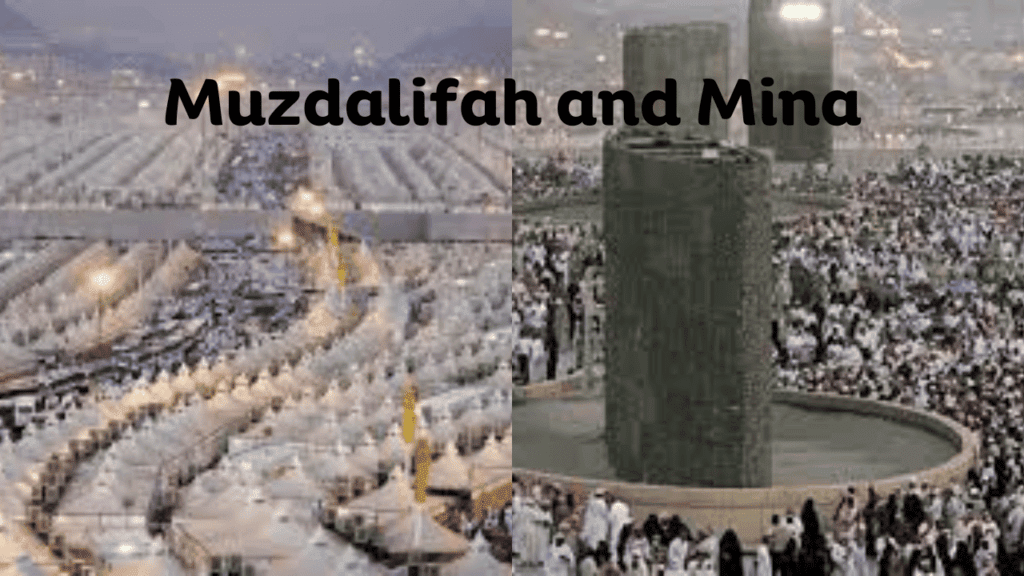
6. Eid al-Adha: The final stage of Hajj coincides with the celebration of Eid al-Adha, also known as the Feast of Sacrifice. Pilgrims perform the symbolic act of sacrificing an animal, typically a sheep, as a way to honor the story of Prophet Ibrahim’s unwavering obedience to Allah, where he displayed his willingness to sacrifice his own son.
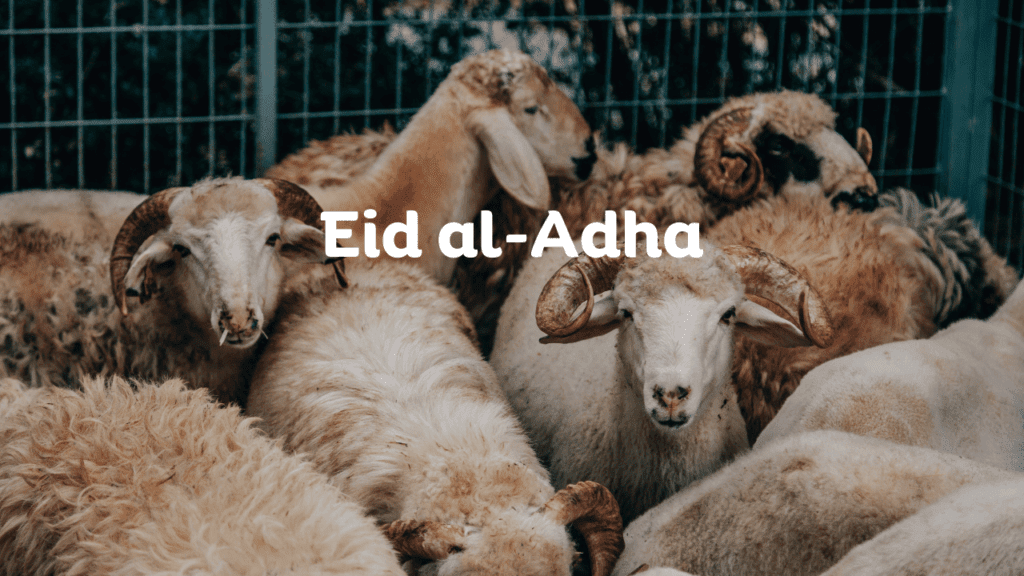
How to Perform Hajj
Performing Hajj requires meticulous planning and adherence to the prescribed rituals. Here is a brief overview of the steps involved in performing Hajj:
1. Make the intention: Before embarking on the journey, pilgrims must make a sincere intention to perform Hajj solely for the sake of Allah and seek His blessings and forgiveness.
2. Seek necessary preparations: Pilgrims should ensure they have valid travel documents, arrange accommodations in Mecca, and familiarize themselves with the rituals of Hajj. It is crucial to seek guidance from knowledgeable individuals or reputable religious institutions to ensure a proper understanding of the rituals and their sequence.
3. Enter the state of Ihram: Pilgrims enter the state of Ihram by assuming the designated attire and performing the necessary purification rituals. This includes men wearing two seamless white garments and women adhering to modest clothing guidelines without covering their faces or hands.
3. Perform Tawaf and Sa’i: Once pilgrims arrive in Mecca, they engage in the act of Tawaf, encircling the Kaaba seven times as a demonstration of their devotion and respect. Subsequently, they move on to perform Sa’i, briskly walking “back and forth between the hills of Safa and Marwa” for a total of seven rounds.
4. Wuquf at Arafat: Pilgrims make their way to the Arafat plain on the ninth day of the Islamic month of Dhul Hijjah. Here, they engage in intense prayers, supplications, and reflection, seeking Allah’s mercy and forgiveness. Wuquf at Arafat is considered the most crucial part of Hajj.
5. Stay in Muzdalifah and Stoning of the Pillars: After sunset, pilgrims move to Muzdalifah and spend the night in prayer and contemplation. They collect pebbles for the symbolic stoning of the pillars in Mina. The following days involve stoning the pillars, representing the rejection of evil and the strength to resist temptation.
6. Sacrifice and Farewell Tawaf: On the 10th day of Dhul Hijjah, pilgrims engage in the symbolic act of sacrifice, which serves as a remembrance of Prophet Ibrahim’s readiness to sacrifice his son. The meat from the sacrifice is distributed among the needy. Afterward, pilgrims return to Mecca to perform a final Tawaf known as the Farewell Tawaf, bidding farewell to the Kaaba.
Conclusion
Hajj, the pillar of Islam, holds immense significance as a spiritual journey for Muslims worldwide. It is a time of unity, devotion, and submission to Allah’s commands. By following the prescribed rituals, pilgrims reaffirm their faith, seek forgiveness, and strengthen their spiritual connection with Allah. Performing Hajj requires meticulous planning, adherence to the prescribed rituals, and guidance from knowledgeable individuals.
It is a transformative experience that fosters personal growth, empathy, and a sense of unity among Muslims from diverse backgrounds. May Allah accept the Hajj of all those who embark on this sacred pilgrimage and grant them spiritual purification and blessings.



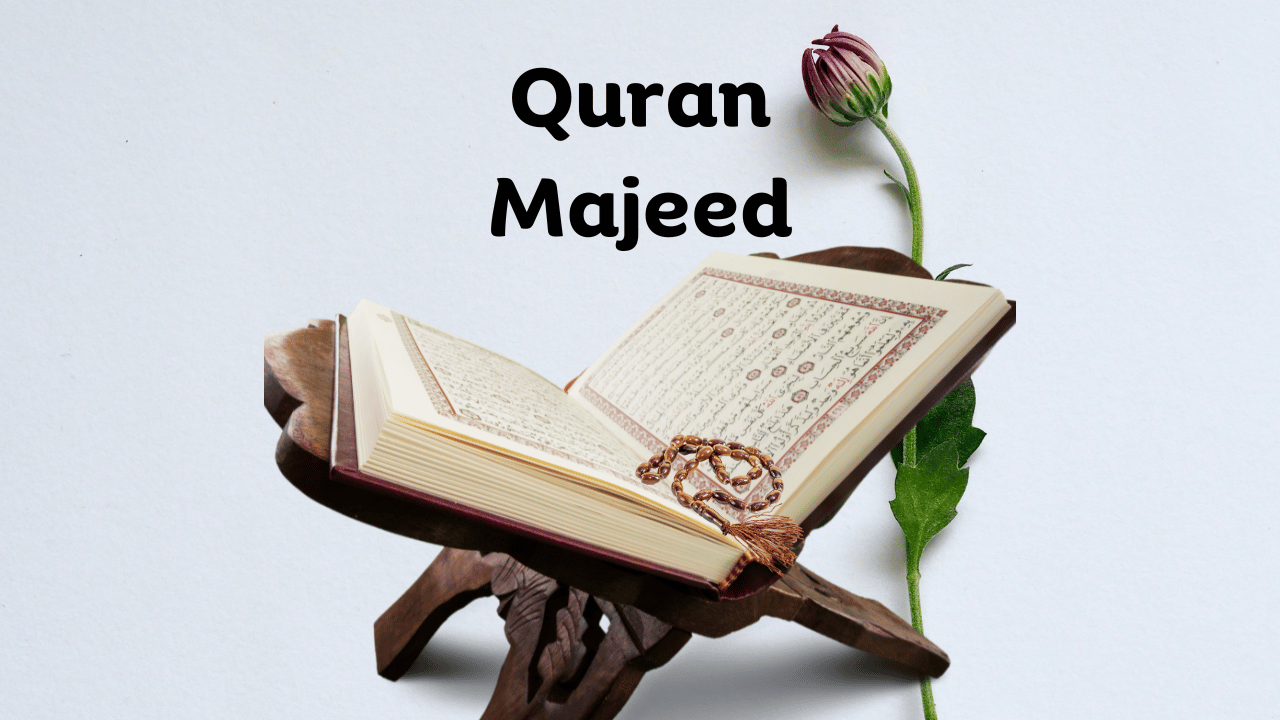

جزاك الله خيرًا